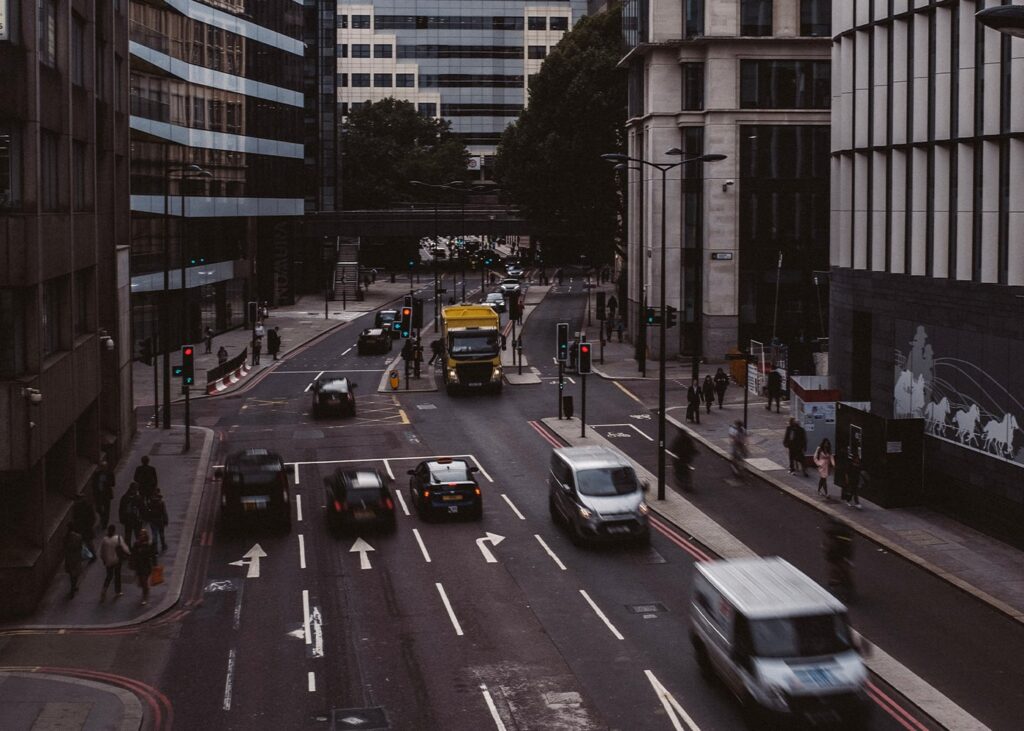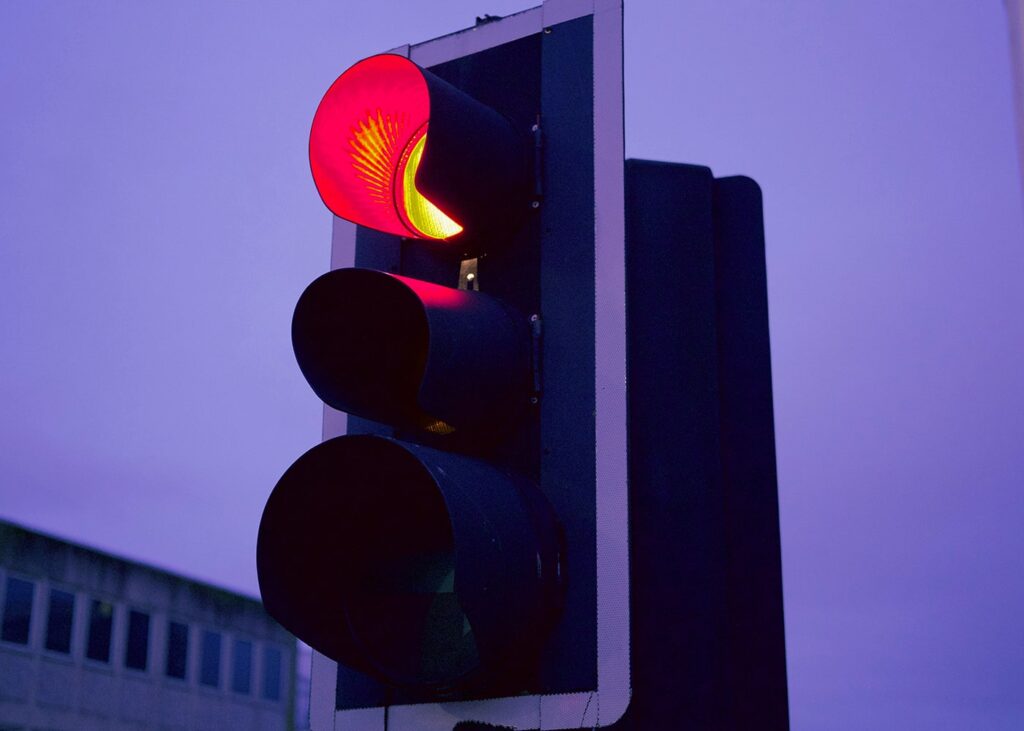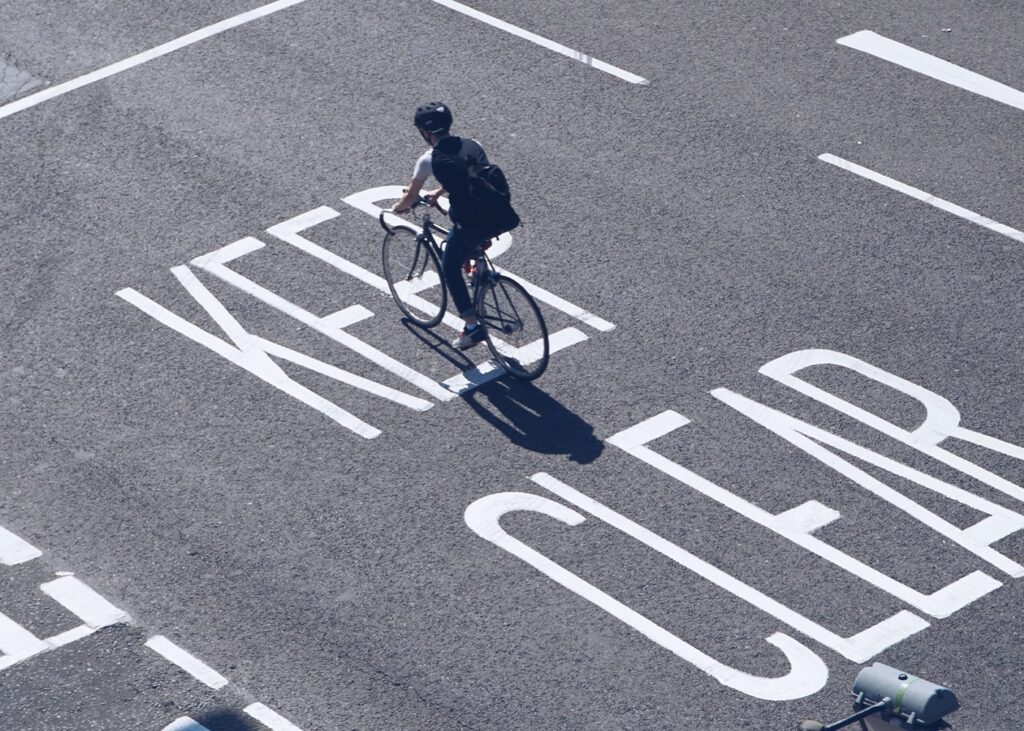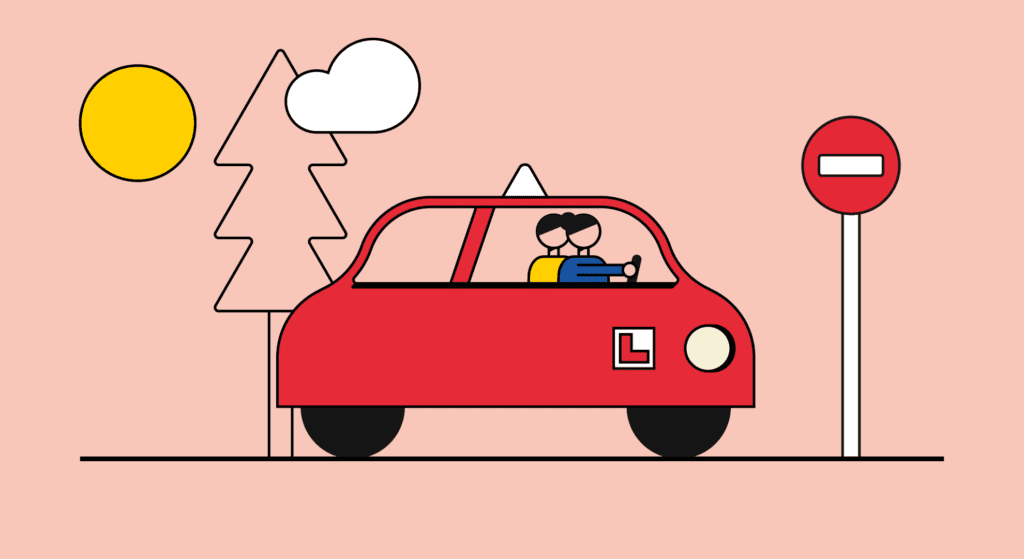As a learner driver, taking your driving test can feel quite daunting. We’ve outlined the ten most common reasons learners fail their driving test so you know what you should practise to pass your test first time.
Why should I be aware of common driving test mistakes?
According to data released by the government, the ten most common reasons individuals fail their driving test have remained the same with little variation for the last three years. In fact, a lot of the common mistakes have stayed the same since 2006, when the government started recording this data.
As they often stump learner drivers, it’s a good idea to practise these manoeuvres before your test. Asking your driving instructor for a practice driving test is also a good idea as it can help you identify where you might need to improve. Doing both these things will help reduce the likelihood that you’ll fail your driving test. And with many drivers still waiting in the driving test backlog, ensuring you’re 100% test ready helps ensure the driving test slot isn’t wasted.
1. Observations at junctions
A whopping 37% of road accidents were caused by the driver failing to observe their surroundings properly in 2019. Failing to observe surroundings at junctions has been the most common driving test fault since records began in 2007 – and it’s still the most common.
To avoid this, make sure you check your mirrors and blind spots frequently, especially when approaching a junction. Anticipating the road ahead and making the right preparations can also help to reduce the likelihood that you’ll be blindsided by a hazard when approaching a junction. Performing the following observations can be useful:
- Noticing the road ahead is busy and slowing down to wait your turn
- Realising that there’s a bike rider next to you who will also be turning into the junction
- Seeing that there are pedestrians approaching the street who might want to cross the road in front of you
Whatever the situation, the mirrors-signal-manoeuvre routine is a great way to ensure you observe the road adequately. Through this, you should also assess the situation and act accordingly.
It might also be a good idea to understand the differences between all the different junctions. Junctions encompass a number of different road types, including roundabouts, crossroads, T-junctions and box junctions. There are different rules for each type of junction.
2. Using mirrors when changing directions
As you can see from the list so far, not fully using your mirrors and observing your surroundings is often a reason people fail their driving test. Not adequately checking mirrors when changing directions has consistently been in the top three common driving test mistakes since records began in 2007.
Ensuring you’re aware of your surroundings will help you anticipate potential dangers, which will in turn make you a much safer driver. You’ll need to demonstrate these skills to your examiner.
A good way of remembering when to use your mirrors is to perform checks every time your actions could cause other drivers to change their own behaviour. This includes when you make direction changes, slow down or speed up, negotiate a hazard and when you merge onto another road.
It’s important that you use your mirrors as this helps prevent accidents. Additionally, there could be bike riders, scooters or motorcyclists in your blind spots, so it’s good to get into the habit of using your mirrors and checking your blind spots when you’re about to change directions.
3. Turning right at junctions

If only we could get through life making just left-hand turns, but sadly that would make for a very long journey! You might think we’re joking, but in actual fact, this has been the topic of debate in the US for a good few years, with many sources suggesting that crossing oncoming traffic is ten times as dangerous as a regular turn.
Unfortunately, we don’t currently have that luxury, so it’s important that you don’t rush turning right at junctions. Whilst it might seem like a simple thing in concept, turning right at junctions requires a lot of careful thinking. You must also position your car properly to signal to other road users that you’re turning right. Again, great observation skills are integral here.
Make sure that when you’re approaching the junction, you use the mirrors-signal-manoeuvre tip to ensure you’re doing everything in your power to prevent an accident. You should also try to position your vehicle closer to the right to let drivers know your intentions. This can also allow vehicles to pass on the left if they have space.
4. Responding to signs, especially traffic lights

Be sure to read up on the Highway Code and its section on traffic light signals before your test. This resource provides you with a lot of great information. Make sure you know what a flashing amber light means.
5. Steering control
Keeping your hands in the 10 and 2 position helps ensure you can maintain control of your vehicle. Thankfully, contrary to popular belief, crossing your hands isn’t an automatic fault, but it’s not best practice to use this technique. This is because crossing your hands means that there will be times when you only have one hand on the steering wheel, which can result in more mistakes than usual.
A safer alternative is to use the push-pull, or shuffle steering, technique, which is where one hand pulls down the steering wheel, while the other hand pushes up the steering wheel.
It’s important that your seat is adjusted correctly so you can comfortably reach your steering wheel at the 10 and 2 positions. The cockpit drill is extremely important to ensure that everything is set up correctly so you can drive safely without strain.
6. Moving off safely
To move off safely, make sure you’re checking your mirrors and blind spots before completing the manoeuvre. Make sure you know how the manoeuvre will change if you’re performing a hill start versus moving off on a stretch of flat road.
You don’t necessarily have to signal when you’re moving off and stopping, though this will depend on your surroundings. There is a risk that you might indicate too early before you’re ready to start driving. In this case, if you’ve signalled and another driver stops to let you merge with traffic, you might not be completely prepared or safe to drive. As a result, it’s usually best to wait until you’re ready to drive off before indicating, or wait for the road to clear before moving off.
It should also be noted that if you’ve pulled over at the side of the road, other vehicles that are already on the road will have right of way so you might want to wait your turn.
7. Responding to traffic signs
It’s important that you learn about the various traffic signs and what they mean so you know how to correctly respond to them. You need to be able to read the traffic signs and then react in a timely manner to prevent getting a driving test fault. Issues with ignoring or disobeying traffic signs will likely get you a fault on your driving test.
Looking over Highway Code signs can help ensure you don’t make mistakes with traffic signs during your test.
8. Positioning your vehicle during normal driving
There are a number of things to look out for when you’re driving normally. For starters, make sure you’re leaving enough room between yourself and parked cars or cycle lanes while driving. This will help prevent any nasty accidents – and it’ll have the added benefit of giving your instructor peace of mind.

Be sure to give cyclists and other road users enough space when you’re overtaking them. It’s also important that when you move your vehicle back after overtaking someone, you don’t accidentally cut them off.
Make sure you also don’t accidentally clip the curb. Whilst this won’t result in an immediate fail, you could get a minor. Other areas where learner drivers commonly make mistakes include:
- Positioning your vehicle at a roundabout (rules 184 to 190)
- Knowing when you can use the bus lane (rule 141)
9. Checking road markings and responding accordingly to them
There are a lot of road markings to remember, so it’s understandable if you forget them. To prevent this, it’s best to regularly refer to the Highway Code and its section on road markings. Whilst there are many to wrap your head around, practical practice will also help you understand the difference between the various markings.
Being comfortable with all the various road markings will also help you react quicker to hazards. Say, for instance, you know that the upside-down white triangle you see on the ground before a junction is an indication that you need to give way, you’ll have extra time to prepare. This can therefore help prevent some of the common mistakes at junctions mentioned above.
10. Controlling your vehicle while reverse parking
Reverse parking can include parallel parking or bay parking. In both instances, it’s important that you keep proper control of your vehicle at all times. If you’re learning in a manual, this will involve clutch control. For those learning in an automatic, you should keep your foot on the brake and ease off when it’s safe to reverse. You shouldn’t need to use your accelerator at all while reverse parking unless you’re reversing up an incline.
Reverse parking requires a lot of observation skills, so it’s important that you do this slowly. This is because it can be difficult to gauge exactly how far away some hazards are, especially when you’re predominantly using your side and rearview mirrors to check if there’s anything behind you.
You should also be aware of any other cars approaching your own vehicle. You might need to stop performing the vehicle until they’ve passed, especially if you’re reverse parking on a narrow street or a small parking lot.
Read out driving test tips to help you pass your driving test first time.
Learner driver insurance from just 65p a day
Practising these manoeuvres consistently will help prevent you from making any of the driving test faults above. If there’s high demand for your driving instructor at the moment, you can also practise with a family member or friend who’s qualified to supervise you.
To do this, you’ll need to get a learner driver insurance policy, which is where we come in. We offer flexible learner driver insurance from just [[ FLUX_PRODUCT_INSURANCE_LEARNER_AMT_DAY ]] per day. Call us on 0800 369 8590 or book a callback for a quote – our best deals are only available over the phone.

